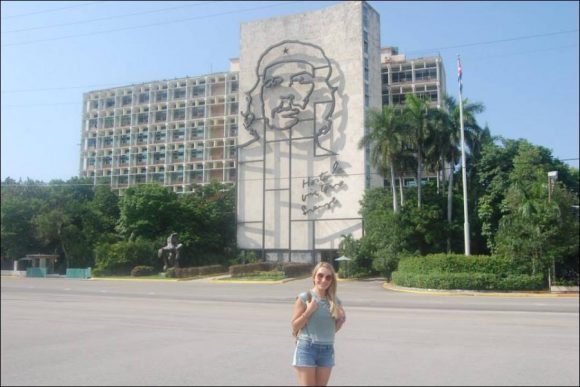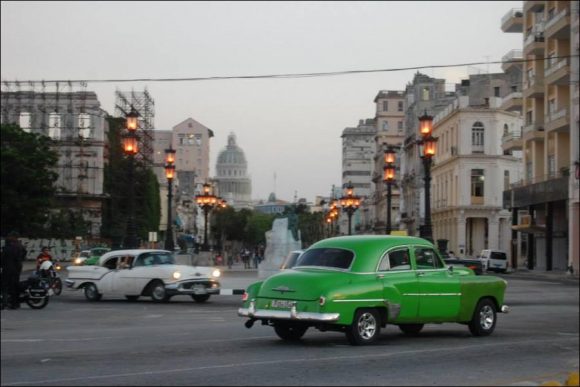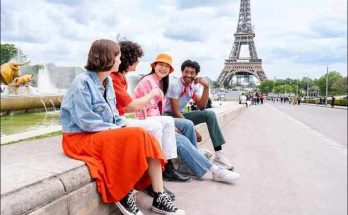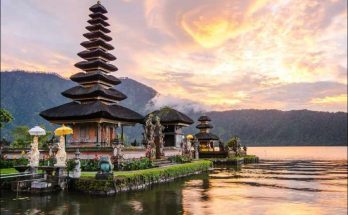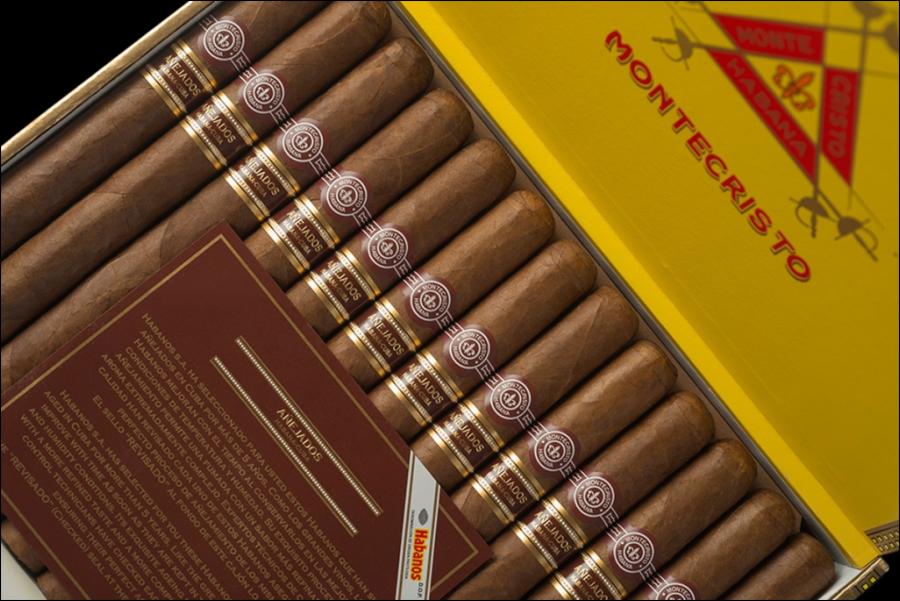With its retro cars, revolutions, rum, cigars, bici and coco taxis, different architecture, exciting nightlife, festivals, magnificent sea, poor economy but rich culture, Cuba is still standing and waiting for you. For many people who will travel to Cuba for the first time, it can be a grueling, tiring or even nightmare in terms of transport, visas, currency confusion, but if you plan and organize your trip by research, Cuba is a dreamy discovery that offers much more than Che Guevera, Castro and the Motorcycle Diaries country.
How to get a visa for Cuba?
In order to enter Cuba, you must obtain a tourist card. This card, which costs 150 TL and is delivered in 15 minutes, can be obtained through the representative offices operating on Cuban visa procedures. I got it from WTS (World Travel Service) which is opposite Taksim Gezi Park metro exit. (Click for the Cuban tourist card) The Cuban visa issued to you in the form of a leaf is not processed in your passport.
The first part is broken in passport control when you arrive in Cuba. You should never lose the second part of your visa because you will deliver it at check-out. I would also like to correct the misinterpretation that I have encountered in many places in the form of dam Cuban stamp is not passported because some countries create problems. The Cuban stamp is issued on the passport, only the visa is not added to the passport.
When and how to travel to Cuba?
Cuba which is a tropical country is actually suitable for visiting all seasons. The warmest and most humid season in June-August is 35 ° C; January to February is the coldest season with 25 ° C. The rainy season with tropical storms continues from May to October. So the active tourist season is the winter months when the weather is sunny but not cold, with little rainfall.
Unfortunately, as Turkey does not have direct flights to Cuba from the post in 2016. (But it is known that THY is working on this line.) The first alternative for the 16-hour flight is direct flights from Russia, France or Germany to Havana, the capital of Cuba. The second alternative is to fly to Latin American countries; to switch from there to Cuba. After arriving at Havana Jose Marti Airport, it is possible to go to your accommodation by paying a fixed fee of 25 CUC.
Where to stay in Cuba?
Although there are three or four luxury and expensive hotels in the center of Havana, if you really want to breathe Cuba, you should stay in the Casa (house). Casa’s are guesthouses in almost the same format as the AIRBNB you can use anywhere in the world, providing private bathrooms, hot showers, towels and air conditioning. These houses with star sign are in the form of a hostel, but you can also stay with Cuban families and offer you breakfast and dinner on request. Every penny you spend in Cuba goes to the state. These houses are a kind of state-owned pensions because they pay taxes to the state.
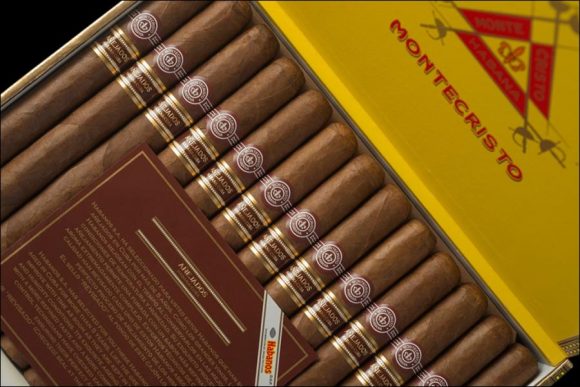
What to do in Cuba?
Since Cuba is a place that arouses enough curiosity with its people, a mixture of three races (Spaniards, Africans and Native Americans), its culture, management system, music and dancing, I think the most important thing to do is to perceive the difference and see your days from typical tourist logic. is to spend the full. Because as soon as I stepped into the country, many tourists I met in Cuba, wearing a star hat and wearing a Che printed t-shirt, were breathing in Che Guevera’s grave; in the evening, drinking rum in pubs to get drunk. Strange…
We are in Havana
The capital with a population of 2.2 million; Old Havana, New Havana and Vedado. Old Havana, a UNESCO heritage site, has its streets full of old, narrow and colorful apartment buildings, local pubs, meat markets, shopping centers, military planes used by Cubans during the US attack on Cuba to undermine the wind of Latin American socialism. and the Catedral de San Cristobal.
The largest public market is in Old Havana. What is it that the state market is a market in which I enter and visit. Cubans with a monthly salary of around $ 50 do not pay for anything, including health, education, rent and basic food; socialism, the state meets everything. They make their monthly purchases from the state markets with the chips that the government gives them.
The cigar factory is also in Old Havana. If you want to buy cigars that are sold outside because they are fake and of poor quality, you should buy your cigars from the cigar factory; In this way, you can also visit the cigar factory. Montecristo (Che Guevera’s cigar) and Cohiba (Kastro’s) are the most well-known cigar brands and you have the right to clear two boxes of customs, as it also has factory approval.
Old Havana is an area where taxis are very common. Some taxis are preferred for short distances and pay 1 or 2 pesos. Almost all taxi drivers are young because they need to be strong. Young people who do not have university education or people who do not work in the public temporarily drive a taxi.
It is the area that covers the New Havana coastline (Malecon) and includes the square of revolution. In this area, there are plenty of bakers, ice cream shops (one kind of vanilla!) And street vendors selling fruit or iced juice. The Bertolt Brecht Cultural Center in New Havana hosts a concert and dance event every evening; Those who are interested in salsa or must visit here.
Vedado is the area where the houses are more modern, tidy, quiet and where the state dwellers live. The beaches are suitable for swimming in this region. Other than that, there is nothing much to do and see. Of course it is essential to enjoy the wonderful sea of the country in Cuba. Malecon is a great place to walk and watch the sun set; to swim, you should come to the Vedado area which takes 20 minutes by bus. Vedado’da bureaucrats left behind the coastline of the hotel grabbed. For 15 CUC, you can both enjoy the sea and dine. Transportation between these three regions is possible by paying 2 CUC by city bus.
In Cuba, August is a month-long public holiday, and the Cubans celebrate it with a two-day festival. It was a marvelous atmosphere and an incredibly crowded festival where the dancers wearing nice costumes danced at the Malecon parade. It felt like the whole of Cuba was gathered there.
What to eat and drink in Cuba?
Cuba is simply a country of seafood. In addition, chicken and pork are also common. Rice and glucose products are consumed too much because people are overweight. Since traditional Cuban rice is cooked with black beans, the traditional Cuban sandwich is black and consists of pork and cheese. Cubans usually consume it at noon. If you don’t like Cuban food, you can go to the Hemingway restaurant in Old Havana and eat Italian-style pizza and pasta.
Although the food quality of the restaurant is low, the price is reasonable, the environment is also very pleasant. All of these European restaurants are local; Of course it is impossible to find chain restaurants like Mc Donalds or Strabucks. There are also small restaurants almost everywhere in the country where you can find cheap and totally regional dishes in the style of artisan restaurants.
Cuban people love all kinds of drinks; In addition to the much consumed coffee, mohitos are found everywhere, ranging from low-priced rum markets to small buffets, as well as beers called Crystal.
Related Link: Is Internet access prohibited in Cuba?
Views: 310
